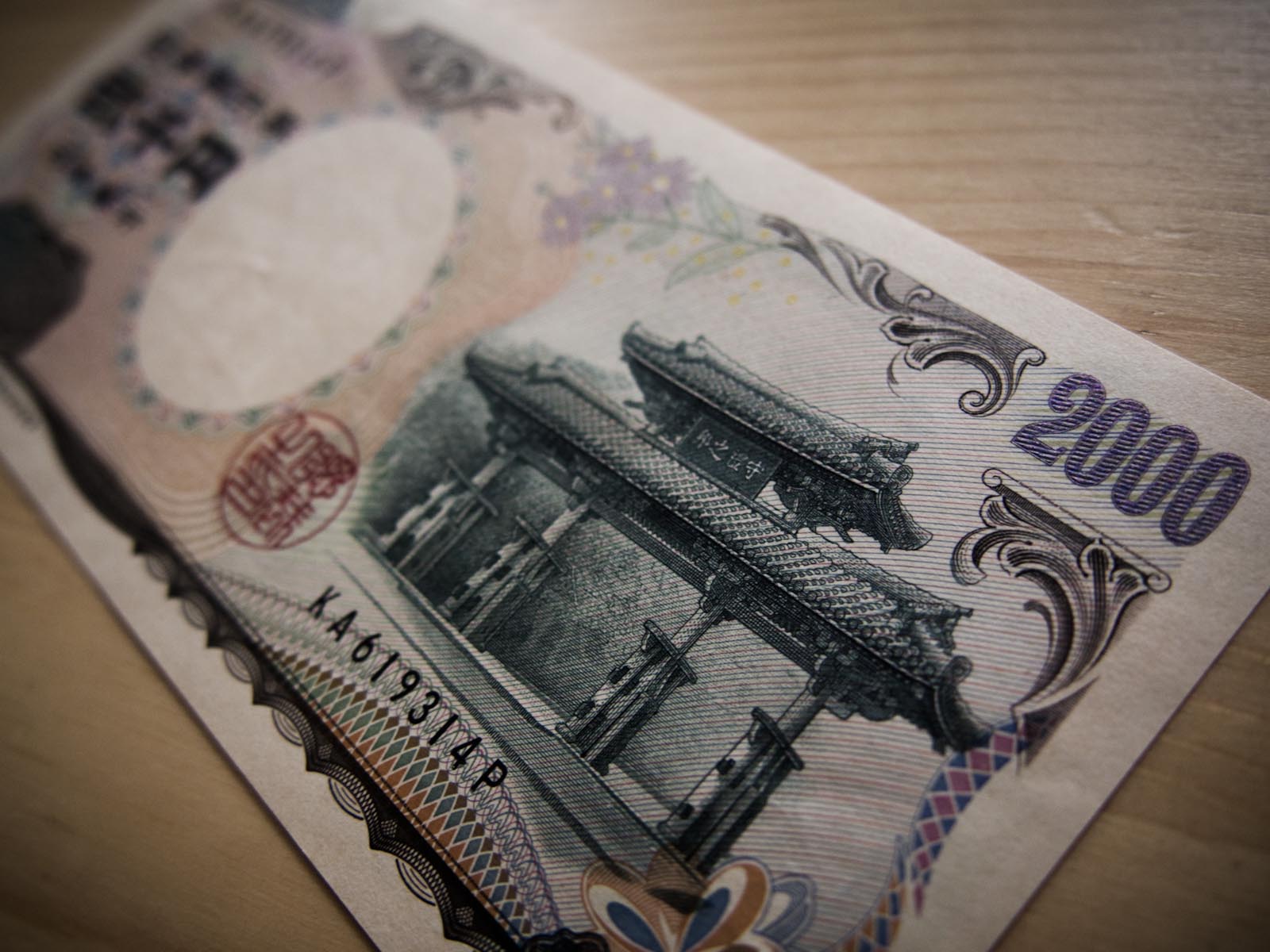Shikoku Pilgrimage Costs & Calculator (UPDATED 2025)
Cost Calculator
Specify the start and end date of your pilgrimage.
Required- It takes an average of 45 days to walk all 88 temples on foot, which translates to roughly 32km (20mi) of walking per day. We recommend budget for more to account for rest days, bad weather conditions, and other situations that may arise.
- If you plan on visiting bekkaku temples, plan for a few more days.
- Many hotels and inns increase prices during peak seasons (Spring and Autumn) and around national holidays. See: When is the best time for the Shikoku Pilgrimage?
How to Budget for the Shikoku Pilgrimage
The amount each pilgrim spends on their journey can vary greatly. Here are a few significant considerations:
- Mode of transportation: Will you walk, bike, drive, hire a taxi, or do the pilgrimage by bus?
- For how many days will you be on pilgrimage? How many kilometers will you go per day?
- How often will you opt for campgrounds versus nicer Japanese inns or hotels?
- Quality of food: Will you eat often at minshuku or ryokan? Will you buy food from the convenience store?
- What pilgrim gear will you buy?
- How much will you spend at temples? Will you make donations and collect pilgrim stamps?
- Will you buy cellular or data service instead of relying on maps and telephone booths?
- Will you travel to points of interest or buy souvenirs along the way?
- What are your ATM fees and currency conversion rates when you withdraw cash?
Expense Estimates by Category
Lodging
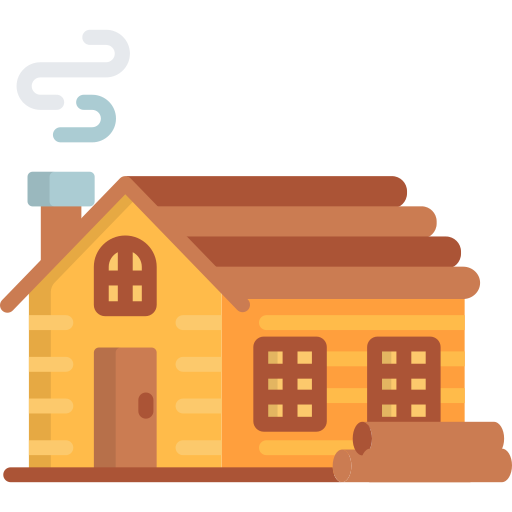
Food
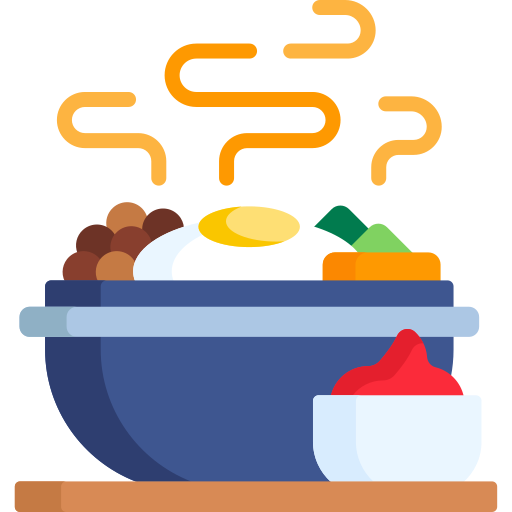
Temples
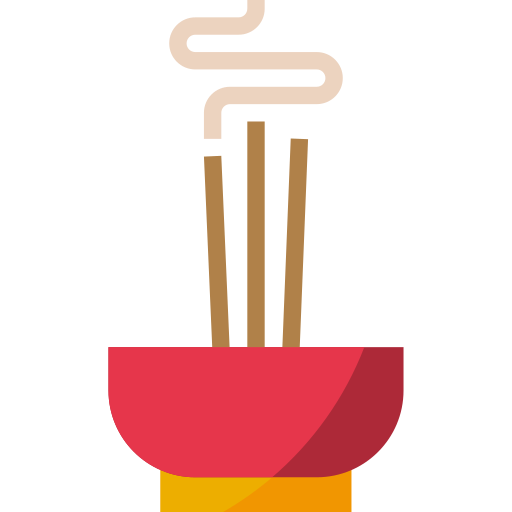
Pilgrim Clothing & Supplies
Items
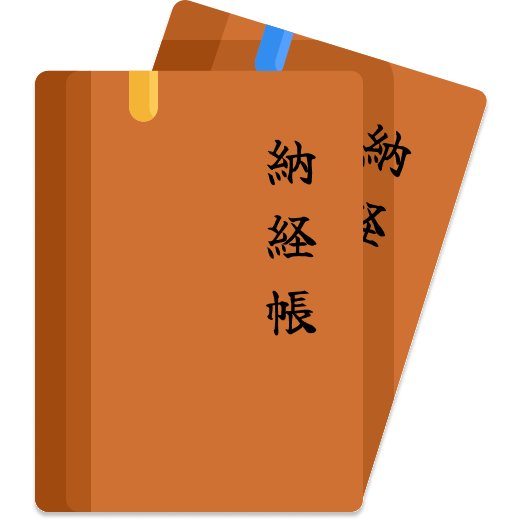
Clothing
Accessories
Wifi & Cellular Service
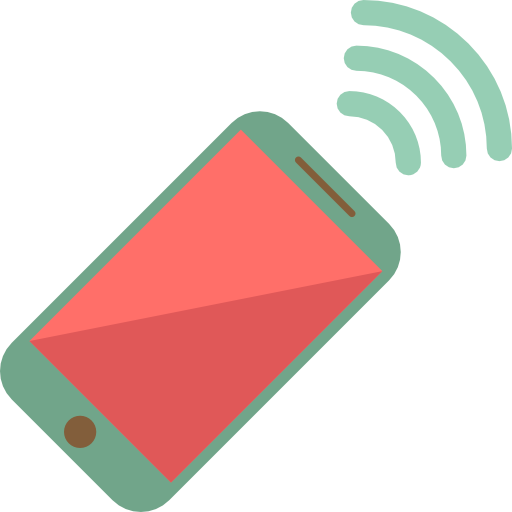
Other Expenses

ATMs & Cards
Credit Cards
Credit cards only work at certain establishments in Japan, such as popular convenient stores, large hotel chains, and shops in bigger cities and around train stations. Public transportation services often accept cash only. Some stores impose a minimum amount in order to use a credit card, usually around ¥2,000 to ¥3,000.

Almost every Japanese inn I stayed at accepted cash only. People in Japan are accustomed to carrying around larger amounts of cash than most Americans, Europeans, or other Asians. I started the pilgrimage carrying about ¥80,000 (worth about $780 USD at the time) and an international ATM card, then withdrew cash (around ¥20,000 to ¥30,000 at a time) whenever I began to run out at post office ATMs.
ATMs and ATM Fees
Most of the pilgrimage path is rural and suburban, so it will be wise to know where you may find ATMs that are able to process foreign ATM and debit cards. Your best bet will be ATMs at 7-11s, post offices, and larger roadside stations (michinoeki).
In order to withdraw cash from an overseas account, check whether the ATM machine shows the logo of the service provider printed on your ATM or debit card. Be aware that you will be asked to choose which account to withdraw from – “Checkings”, “Savings”,“Credit”, or sometimes even a list of your accounts with their last digits.
Restrictions and fees can vary widely depending on the ATM being used and the origin bank account where your funds are located. 7-11, for example, limits withdrawals to ¥100,000 each day. If you’d prefer to withdraw funds at post offices, you can check online to see if they will accept your card. But be forewarned: just because a post office worked for other foreigners does not mean it will work for you.
Traveler’s Checks
Cashing traveler’s checks in Shikoku is not very practical. While bigger banks in cities will probably be able to cash them, smaller banks probably won’t (which make up the majority of branches in Shikoku).








